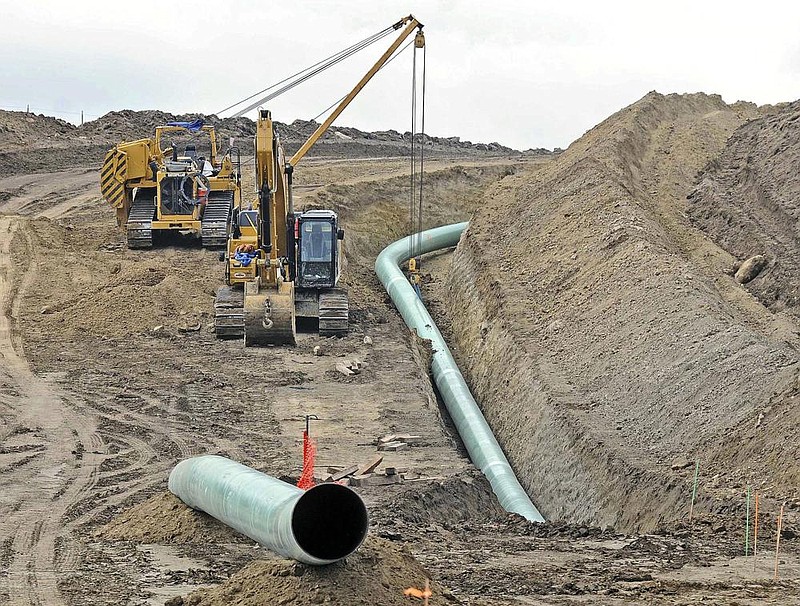Energy Transfer LP's fight to stave off a shutdown of the Dakota Access oil pipeline now heads to a federal appeals court after a district judge Thursday refused to halt a shutdown order.
Judge James Boasberg of the U.S. district court in Washington rejected a request to freeze his order Monday that operations of the pipeline be halted by Aug. 5.
Energy Transfer has already launched a challenge at the U.S. Court of Appeals for the District of Columbia Circuit, and will now ask that court to sideline the shutdown order for the duration of the appeal.
The company could ask the Supreme Court to step in if the appeals court declines to do so.
Energy Transfer lawyers have called Boasberg's order unprecedented. If upheld, it would mark the first time a major oil and gas pipeline has been forced to shutter because of violations of the National Environmental Policy Act.
The order requires the pipeline to stop the flow of oil while the Army Corps of Engineers conducts a new environmental review, a process expected to stretch into 2021.
Boasberg ordered the pipeline shut down for an additional environmental assessment more than three years after it began pumping oil. The move was a victory for the Standing Rock Sioux and a blow to President Donald Trump's efforts to roll back public health and environmental regulations that his administration views as obstacles to businesses.
In arguing against the closure, Energy Transfer estimated it would take three months to empty the pipe of oil and complete steps to preserve it for future use, the Bismarck Tribune of North Dakota reported.
The Texas-based company says that to keep the line from corroding without the flow of oil, it must be filled with an inert gas, such as nitrogen.
Energy Transfer Vice President of Crude and Liquid Operations Todd Stamm wrote in a court filing that while the equipment that causes oil to flow through the line could be shut off by the judge's deadline, "it is not physically possible to 'empty it of oil' in the 30 days provided by the order."
The line must undergo a "purge-and-fill process" that involves draining segments one at a time while the pipeline is operating to replace the oil with nitrogen, Stamm wrote.
Energy Transfer estimated it would cost $24 million to empty the oil and take steps to preserve the pipe. The company says that to maintain the line, it would spend an additional $67.5 million each year it remains inoperable.
The pipeline holds about 5 million barrels of oil when full.
It was the subject of months of sometimes-violent protests in 2016 and 2017 during its construction near the Standing Rock Sioux Reservation that straddles the North Dakota-South Dakota border. The tribe took legal action against the pipeline even after it began carrying oil from North Dakota across South Dakota and Iowa and to a shipping point in Illinois in June 2017.
The $3.8 billion, 1,172-mile pipeline crosses beneath the Missouri River, just north of the reservation. The tribe draws its water from the river and has concerns about pollution. The company maintains the line is safe.
Information for this article was contributed by Ellen Gilmer of Bloomberg News and by staff members of The Associated Press.
